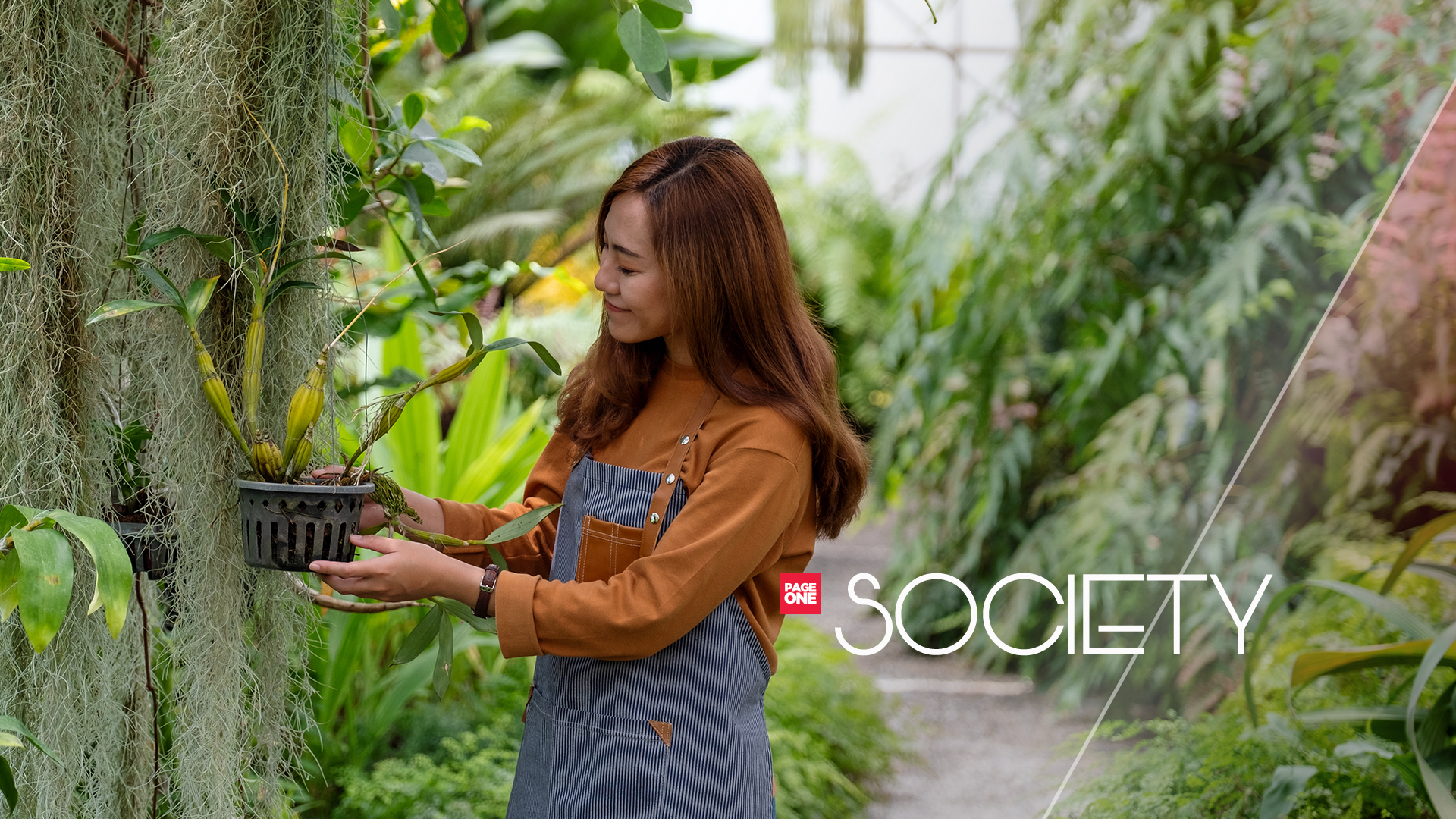Gardening is one of the most enjoyable activities for people who find delight in taking care of their plants each day, but in reality, gardening involves a lot of trial and error stages because some gardeners either over care or under care.
If you plan to also venture into owning a garden, here are some basic tips that you should know to effectively start your gardening hobby!
1. Find an appropriate garden location
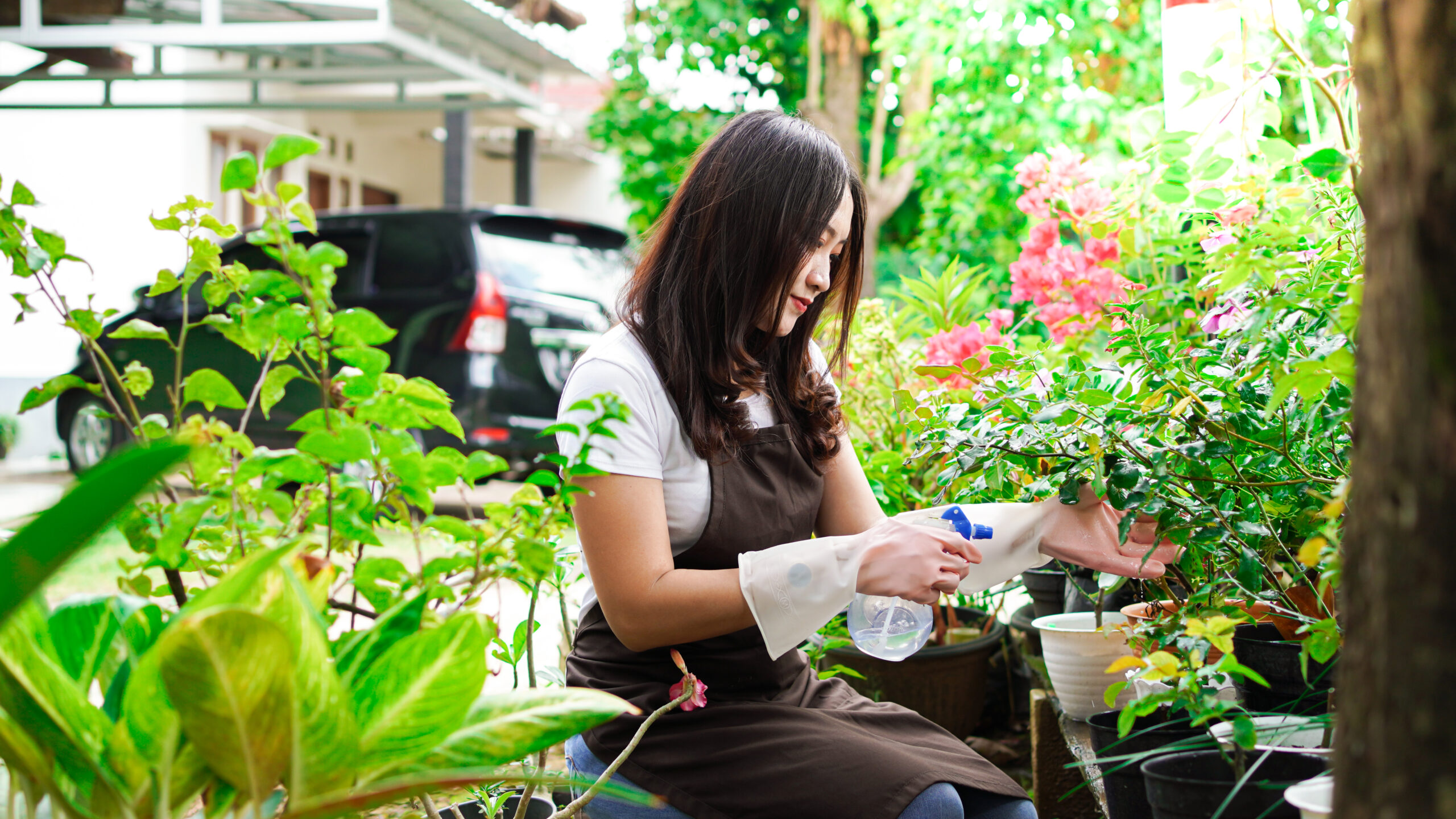
Starting your own garden begins with finding an appropriate location for it.
Finding a location means considering factors such as space, sunlight, soil, comfort, and ease of access.
Ideal gardening spaces are those that will allow you to produce enough harvest: an area that gets six to eight hours of sunlight each day; a kind of soil that has a good moisture level; a comfortable space that makes stooping, bending, or crouching convenient; and a spot you can easily keep an eye on.
2. Don’t forget: Water is essential!
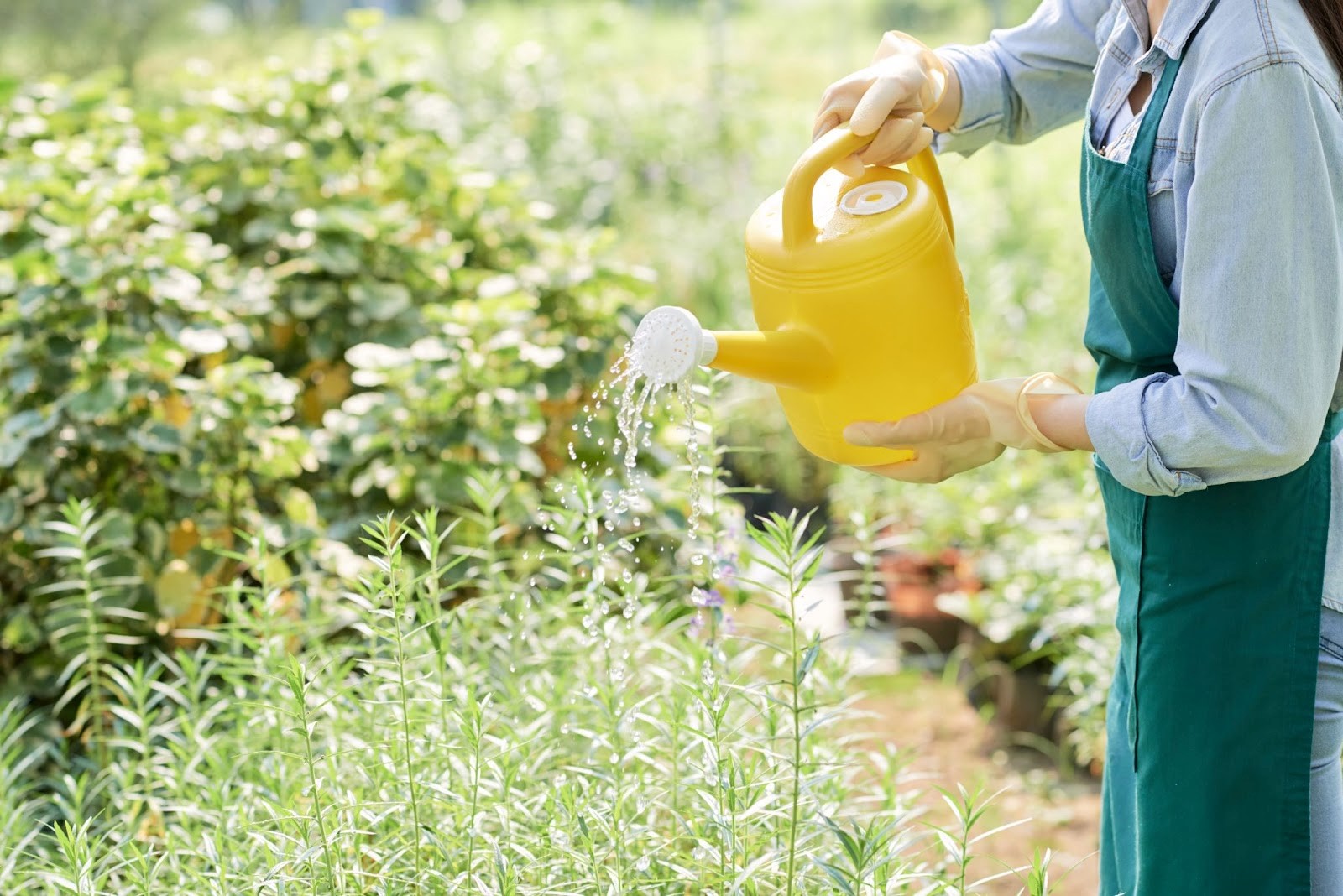
When watering your plants, remember that it is best to water in the morning when the sunlight is weakest and before the day becomes too warm. Aiming for 5:00 a.m. or 10:00 a.m. are the best options.
This kind of watering method gives the water some time to properly soak into the ground and the roots, which are the part that needs nutrients, sugar, and hormones contained in water.
Take note that on sandy, well-drained soil, you may need to water twice a week, whereas soils that hold more moisture can be watered once a week. Adequate water allows plants to survive and produce healthy fruits, so do not skip it.
3. Depth in planting is a must
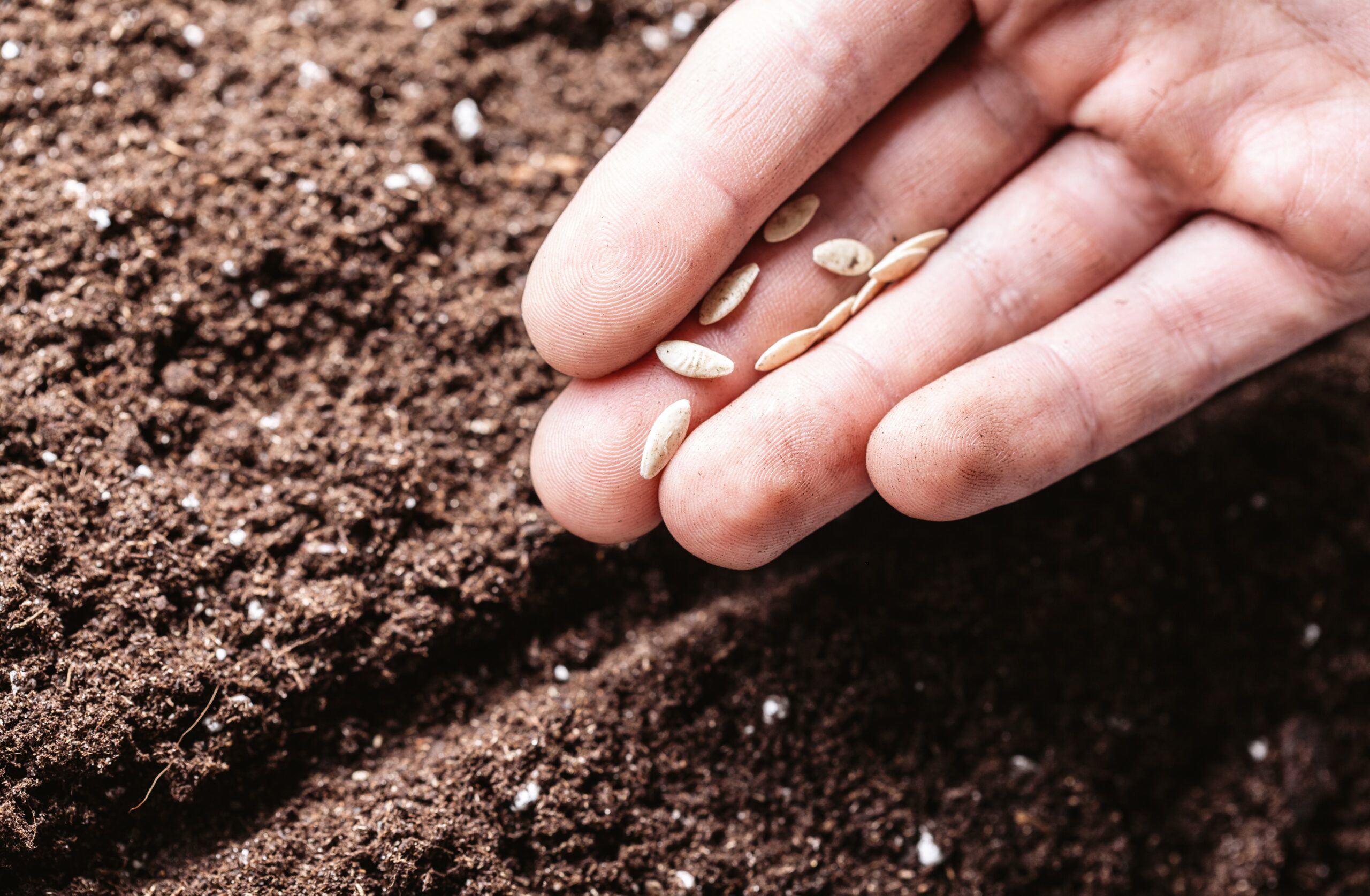
Before you decide on planting the seeds, you have to make sure that you thoroughly read the instructions and guidelines written on the seed packets. These packs are loaded with plant information, including the depth at which the seeds must be planted.
In gardening, the rule of thumb is to plant seeds at a depth equal to two or three times their width.
Planting seeds either too deep or too shallowly could cause the seed to fail to sprout or even dry out too quickly. However, it was said that it is better to plant seeds too shallowly than too deeply.
The planting depth is critical because the “heart” of the plant should never be covered with water.
4. Garden diversity
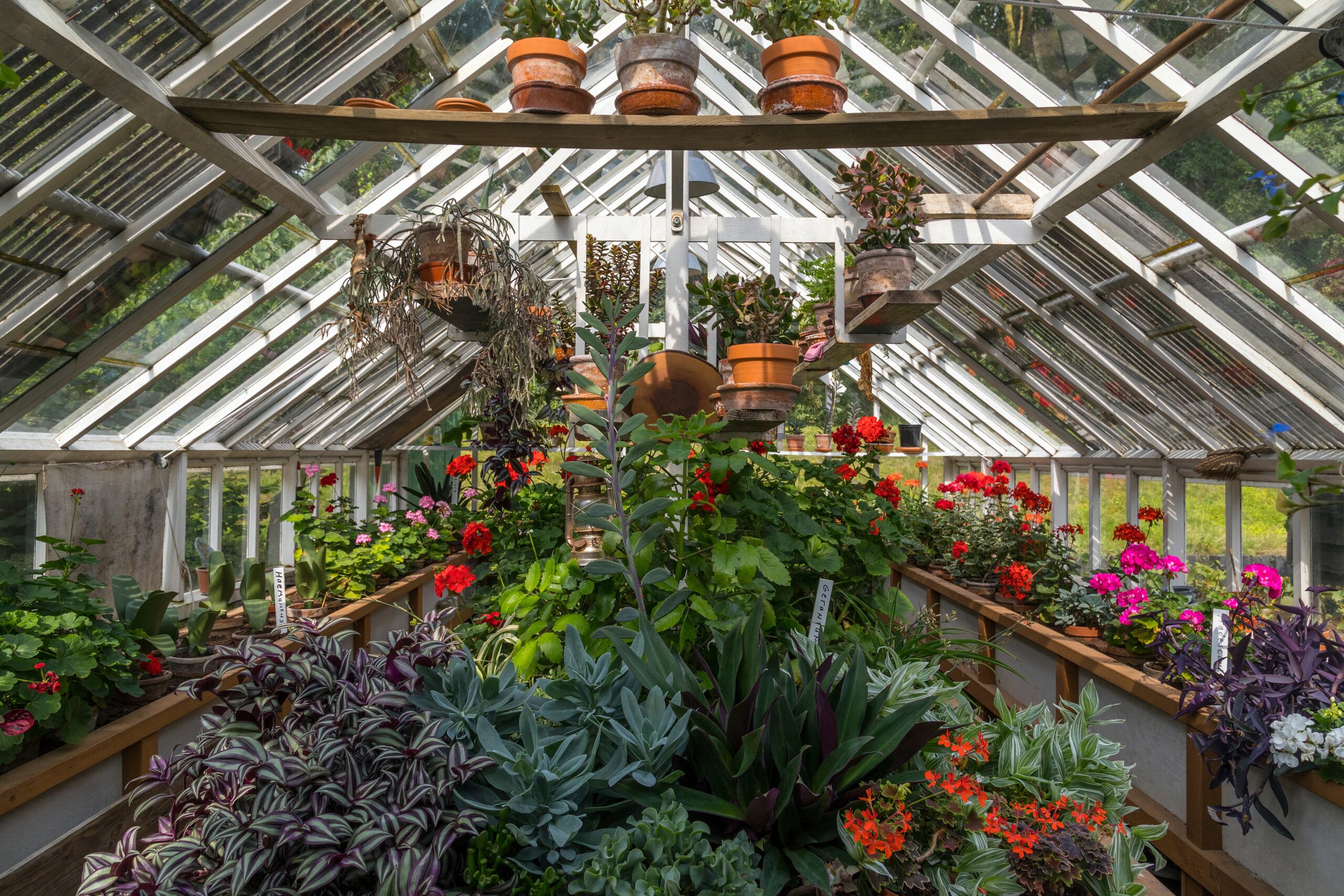
Every garden is built differently because gardeners have unique preferences for how they want their garden to look and feel.
This diversity of plant types actually helps protect your garden from being decimated by a pest that may crave only a particular taste of plant. Put in mind that every crop has a pest that has evolved to thrive off eating that plant.
Thus, if all you grow is one single plant variety, the likelihood that you invite a population of those pests to feast off your hard work is higher.
5. Add mulch
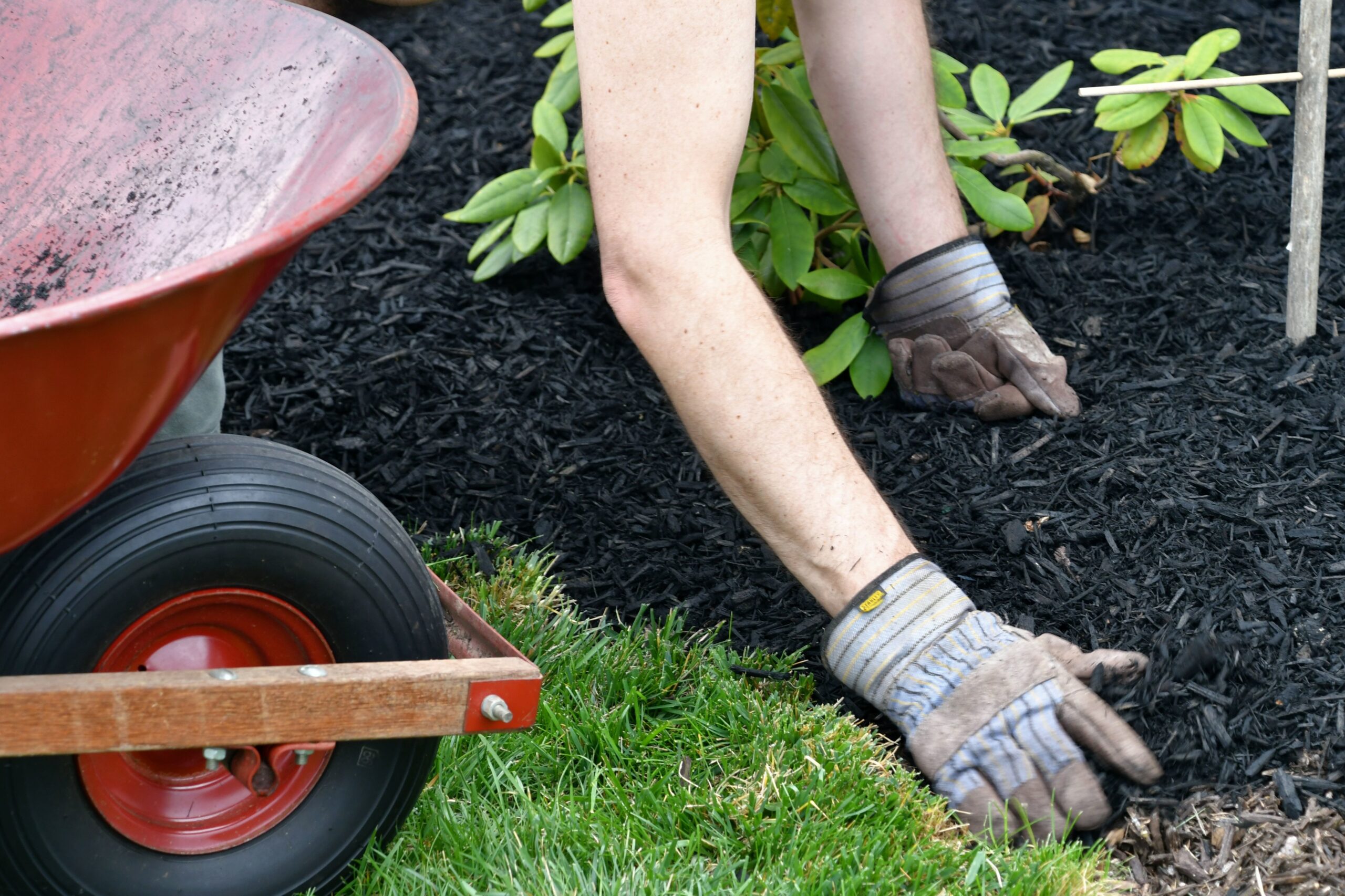
Mulches are those loose coverings or sheets of material that you see placed on the surface of the soil. It is also one of the things that gardeners often overlook, despite the fact that they are actually beneficial to the yard.
Adding mulch to the soil reduces the amount of water that evaporates from the top soil, significantly reducing the need to water your plants.
Overall, it preserves soil moisture, adds organic matter to your soil, provides valuable slow-release nutrients to plants, shades delicate seedlings, and offers natural barriers to stop weeds from growing and competing with plants for nutrients.
Mulch can also prevent soil from getting washed away by rainwater.
6. Plants are like humans, you need to feed it!
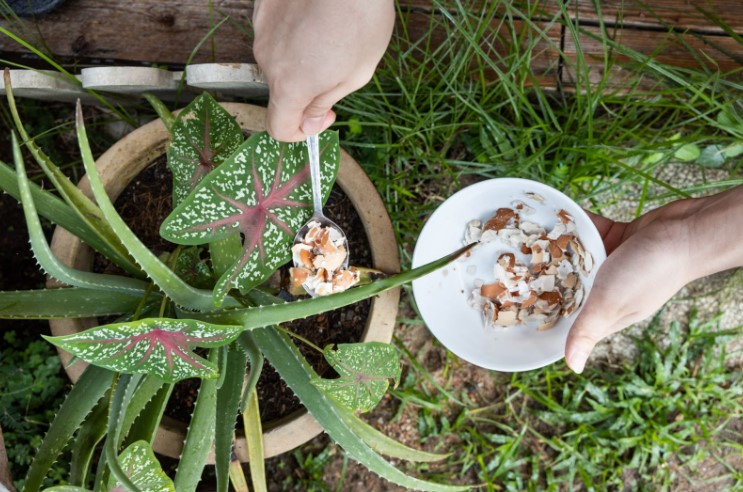
It was revealed that most gardeners forget to feed or fertilize their plants regularly, but the nutrients you do or do not feed your plants will determine your harvest in the future.
Remember, a well-fed plant has a natural ability to ward off pests and potential diseases better than a nutrient-deprived plant.
Plants that are fed with the proper amount of nutrients also produce better-tasting products, and the easiest way to improve plant health is through regular feeding.
7. Overdoing something is bad
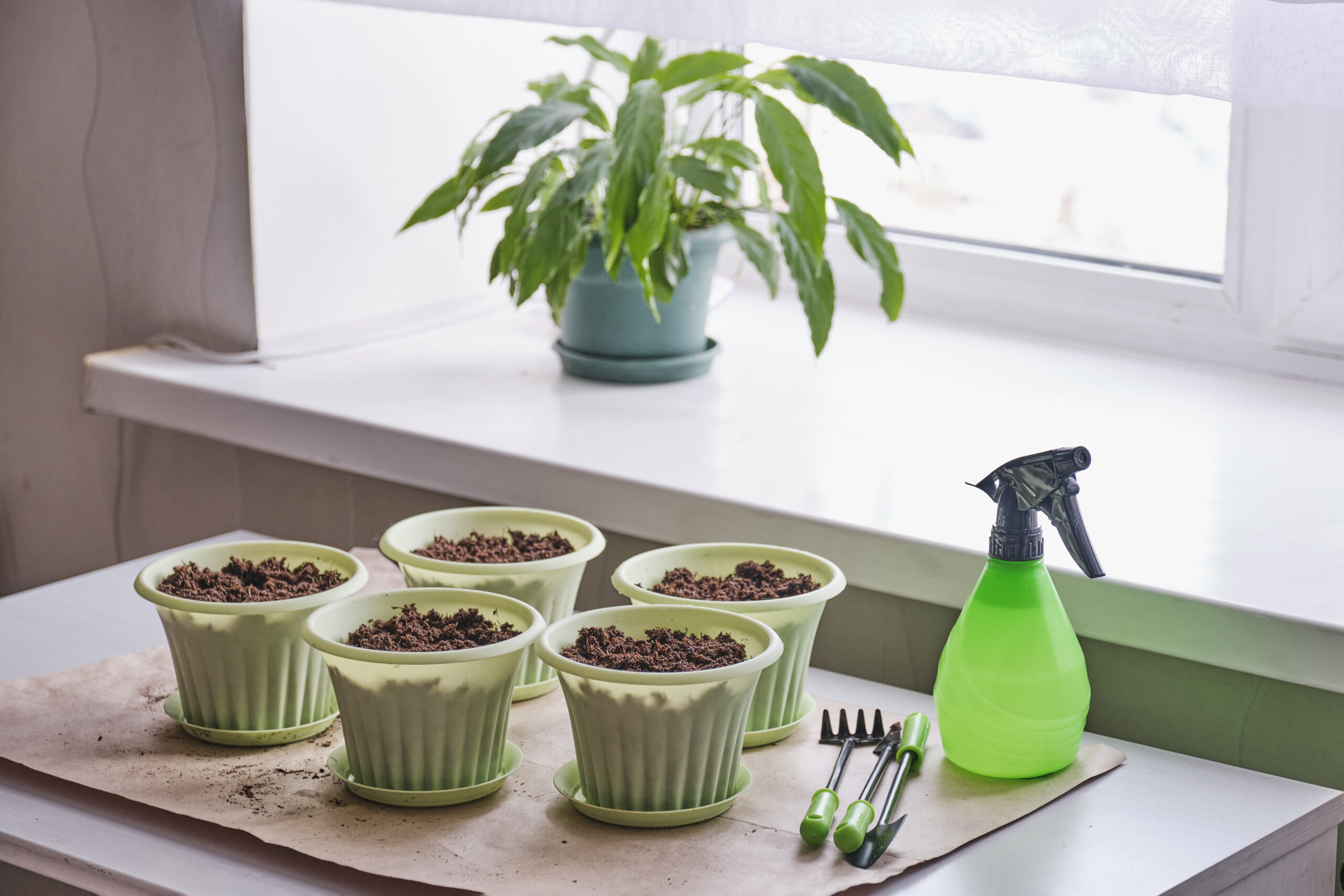
If you are a first-time gardener, do not overdo it by starting a big garden right away. Instead, begin small with just a few plants that you can easily take care of.
You must stop yourself from buying every vegetable, fruit, and flower seed that you see because the responsibility may slowly overwhelm you.
Just start with a manageable workload and add more as you gain useful experience and confidence in your gardening skills. This will only result in higher costs, overexertion, and, potentially, the decline of your garden at the end of the year.
8. Sunlight is also a must!
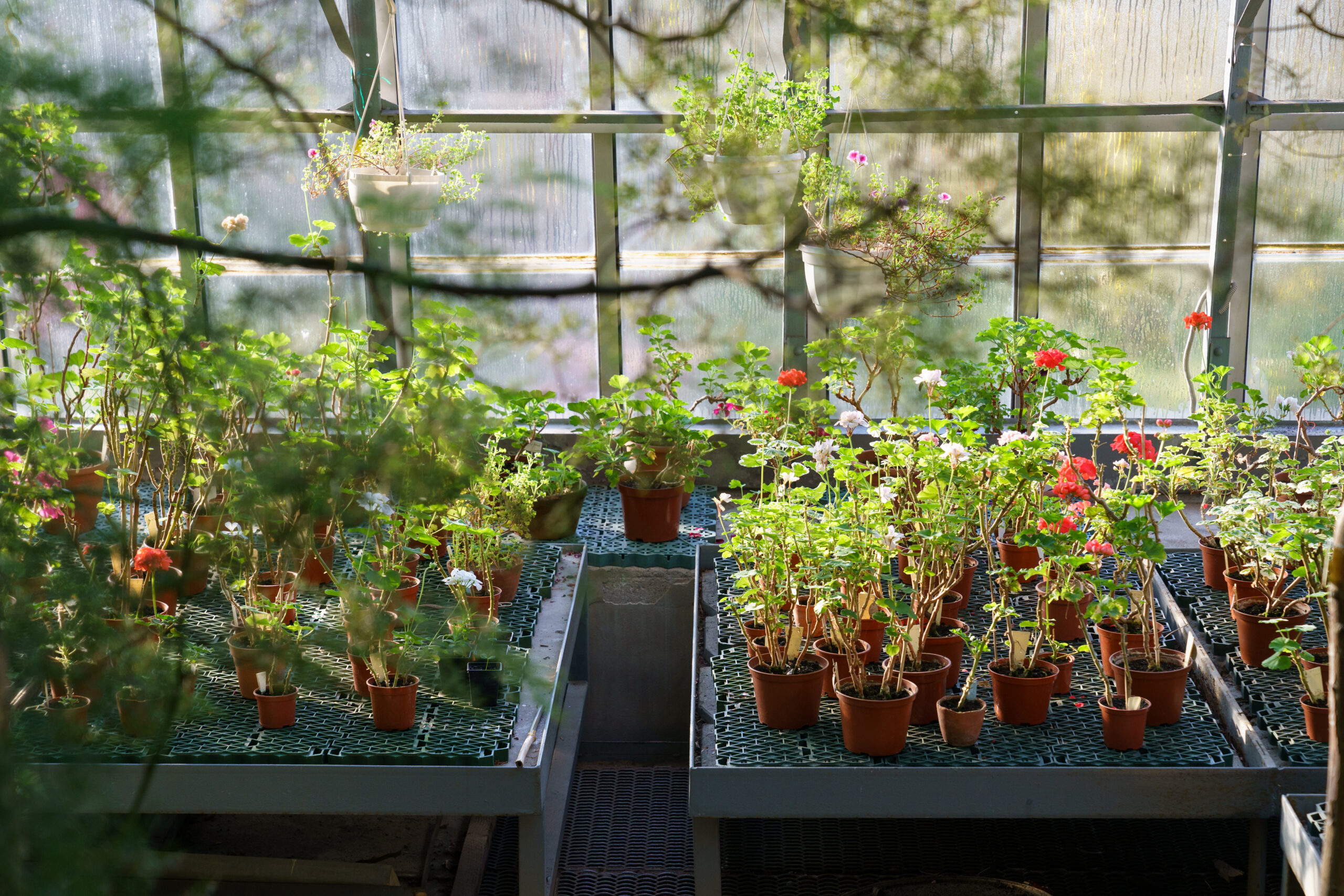
While plants are still capable of growing in part-sun and part-shade, they will not be able to produce a high-quality harvest without adequate six to eight hours of direct sun.
With that, you must carefully select a space with full sunlight, as this yields a larger and better harvest.
Knowing how many daylight hours your garden space receives allows you to prepare your area with the proper plants.
Remember, plants need sunlight to grow, but each plant is different as to how much sunlight is best.
9. Beware of rocks!

If you are planning to start a garden where you can directly plant on the ground instead of using pots or containers, you will need to remove rocks down to at least two to three feet.
If you are going to skip this process, the roots will hit the rock and be unable to dig down farther and stabilize the plant.
The six main garden tools that you will definitely need in order to remove rocks are a rototiller or cultivator, a scoop shovel, a garden rake, a pick, a wheelbarrow, and work gloves.
10. No to exaggerated use of fertilizers

Yes, your garden plants need lots of nutrients in order to grow strong and healthy, but you should never overly use fertilizer to feed them, unless you are seeing that your garden actually has an issue of nutrient deficiency that must be addressed.
In fact, adding more nutrients is not a safe assurance that your crops will grow better, given that plants only absorb nutrients when they really need them.
There are fertilizers that take several months to work into the soil; hence, excessive fertilizing with some types of nutrients can just lead to other severe deficiencies in your plants.
Remember, the right plants in the right places make a big difference in gardening. You have to make sure that you follow the correct practices for maintaining your plants and the correct procedures for creating a healthy garden.
By doing this, you’ll achieve an amazing green place that will provide you not only with stress relief and self-fulfillment but also with crops you’ve worked hard on and can definitely enjoy eating.
Source:
https://www.almanac.com/, https://www.gardeningknowhow.com/, https://www.thespruce.com/






